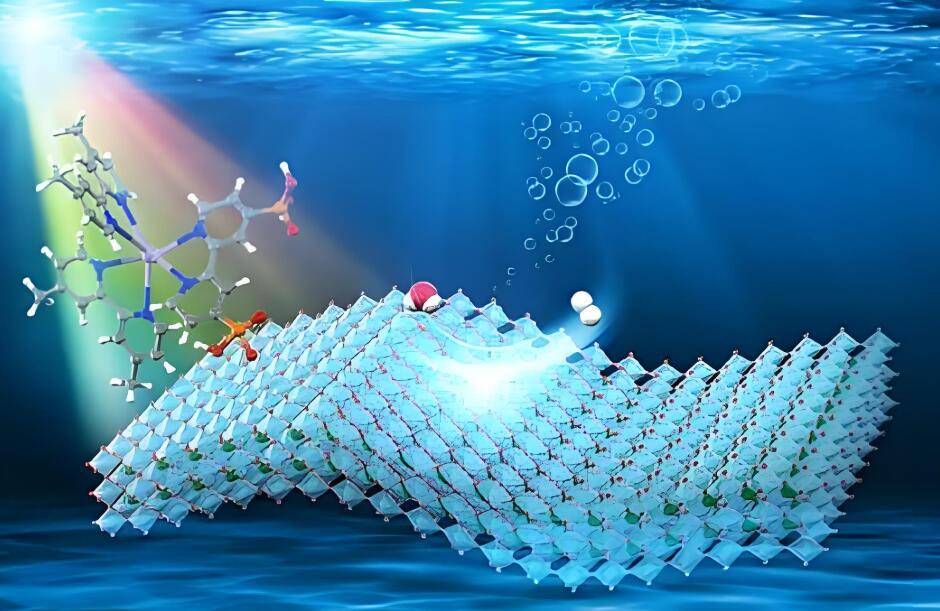Research & Development
WU Haiyang, ZHANG Nanqi, MOU Di, HE Xuan, DU Xing, WANG Daheng, FANG Wei, CHEN Hui, LI Weixin, ZHAO Lei
Organic framework compounds have great application potential in photocatalytic water hydrogen production due to the advantages of controllable molecular structure, large specific surface area, high porosity, dispersed chemical active sites and good stability. In this paper, the metal-organic framework NH2-UiO-66 was introduced into the synthesis process of the covalent organic framework PyPD-COF by solvothermal method, and NH2-UiO-66/PyPD-COF heterojunction was formed in situ. The samples were characterized by TEM, EDS, XPS, FTIR, UV-Vis and photocurrent analysis, as well as photocatalytic performance test. The constructed NH2-UiO-66/PyPD-COF heterojunction could not only retain the excellent properties of the original MOF and COF components, but also form bonds at the heterogeneous interface. It is beneficial to promote interfacial charge transfer, reduce electron-hole recombination rate, and increase photocatalytic hydrogen production efficiency to 20.68 mmol/(h·g), which is 86 times and 3 times of the original NH2-UiO-66 and PyPD-COF, respectively. At the same time, the covalent bond at the interface makes the composite sample have good hydrogen production stability, which provides a new strategy for the construction of efficient photocatalytic decomposition of aquatic hydrogen heterojunction photocatalysts.
